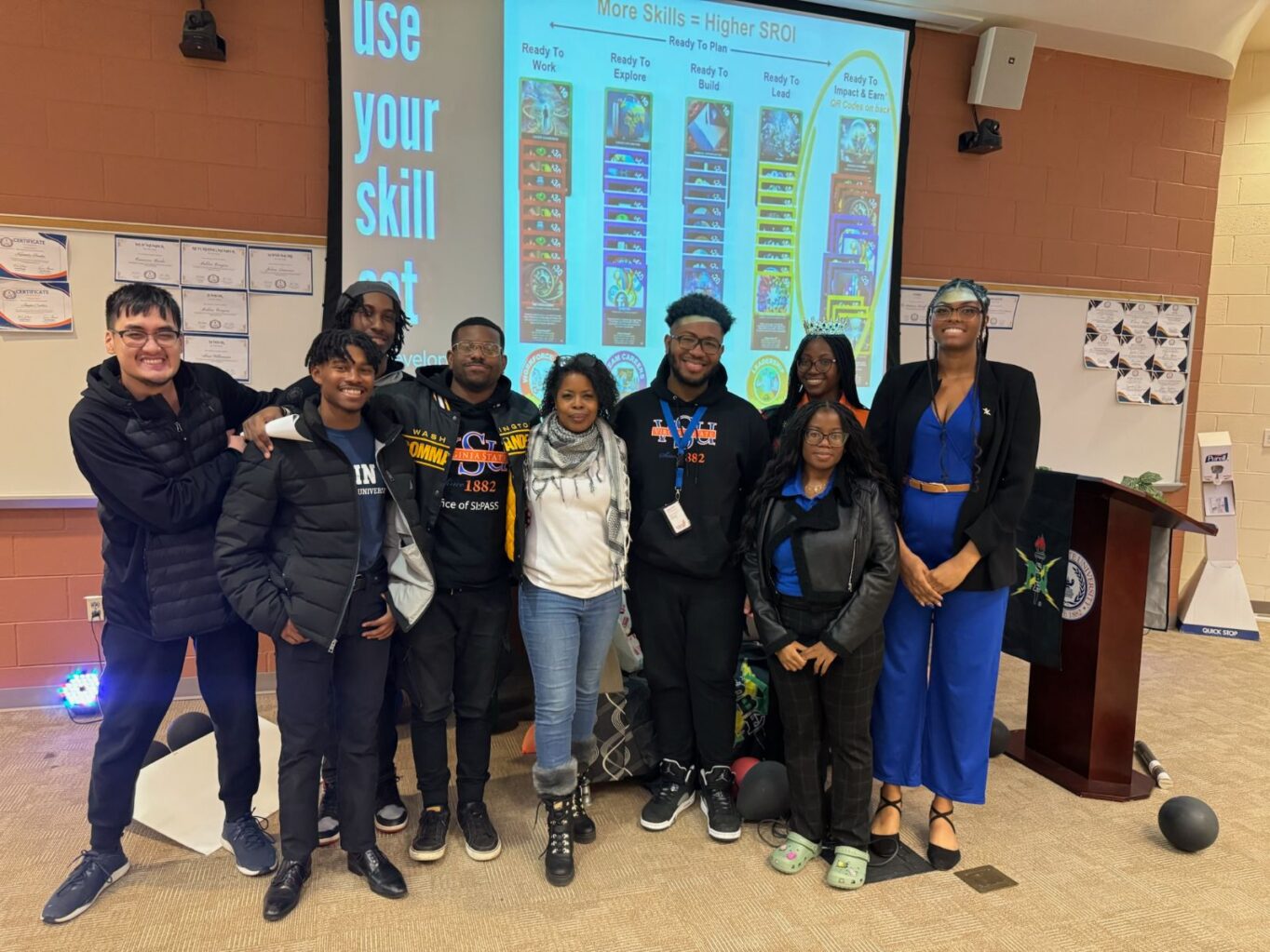-
CASE Study: VSU Stakeholder’s Dilemma Canvas

Discussion Post: Virginia State University Stakeholder’s Dilemma
Apply The Stakeholder’s Dilemma Canvas Model to the VSU Case Study to illustrate how a parking design challenge evolved into a broader urban planning and SMART City mobility strategy. By completing this exercise, you will develop systems thinking, collaborative problem-solving, and strategic planning skills while evaluating key factors, stakeholders, and potential solutions.
Instructions
Step 1: Read the VSU Case Study & Passage
Carefully review the case study, identifying key challenges, stakeholders, and factors that influenced the transition from a simple parking issue to a campus-wide mobility strategy.
Step 2: Populate The Stakeholder’s Dilemma Canvas
Use details from the case study to complete each section of the Stakeholder’s Dilemma Canvas:
- Identify Key Metrics & Social ROI (Socio-Economic Conditions)
- What are the transportation, environmental, and economic conditions affecting campus mobility?
- What key metrics define the impact of these challenges?
- Identify the Problem & Relevant Stakeholders
- What is the core problem VSU was facing?
- Who are the key stakeholders involved (students, faculty, administration, local government, businesses, etc.)?
- Weigh the Pros & Cons (Using the STEAM Investigative Process)
- What are the possible solutions?
- What are the advantages and disadvantages of each approach?
- Define Roles & Value Proposition
- What role does each stakeholder or organization play in solving this issue?
- What skills, expertise, or resources are needed?
- Collaboratively Develop a Strategy
- How can multiple stakeholders work together to create an effective and sustainable solution?
- What steps need to be taken to transition from concept to implementation?
- Present Your Argument (Budget & Justification)
- What funding or investments are required?
- How can data and stakeholder engagement support a strong case for this initiative?
- Create an Implementation Plan
- What are the key steps, timelines, and responsibilities needed to execute the plan?
- How will progress be tracked?
- Convert Solutions into Pre-Apprenticeships & Job Opportunities
- How can this initiative support workforce development and pre-apprenticeship programs?
- What job roles or skill-building opportunities can be created?
- Map Out Key Metrics & Social ROI (Measurable Outcomes)
- How will success be measured? (Ex: improved traffic flow, economic benefits, job creation, environmental impact, etc.)
- What data will be collected to assess the project’s long-term effectiveness?
- Present the Final Solution & Expected Impact
- Summarize your findings into a compelling proposal that could be presented to university officials, city planners, or local business leaders.
- Emphasize how your solution will create a lasting impact on the university and surrounding community.
Deliverables
- A completed Stakeholder’s Dilemma Canvas Model (template provided)
- A written summary (1-2 pages) explaining:
- Your key takeaways
- How this model helped analyze the case study
- Recommendations for improving campus mobility and infrastructure
- Optional (if required by the instructor): A group presentation or video pitch summarizing your findings.
- Identify Key Metrics & Social ROI (Socio-Economic Conditions)
Sorry, there were no replies found.
Log in to reply.
